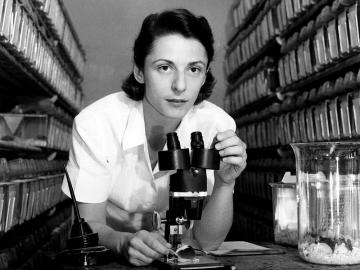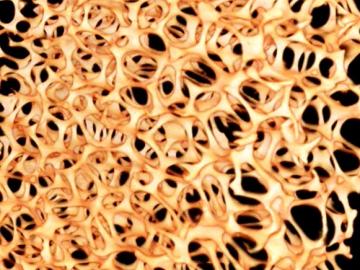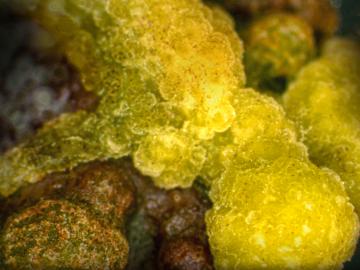Filter News
Area of Research
- (-) Clean Energy (21)
- (-) Neutron Science (9)
- (-) Supercomputing (7)
- Advanced Manufacturing (4)
- Building Technologies (1)
- Climate and Environmental Systems (1)
- Computational Engineering (1)
- Computer Science (6)
- Fusion Energy (4)
- Materials (14)
- National Security (2)
- Nuclear Science and Technology (7)
- Quantum information Science (2)
- Transportation Systems (1)
News Topics
- 3-D Printing/Advanced Manufacturing (3)
- Advanced Reactors (1)
- Big Data (2)
- Biomedical (1)
- Clean Water (2)
- Composites (1)
- Computer Science (9)
- Energy Storage (4)
- Environment (6)
- Grid (1)
- Materials Science (4)
- Microscopy (2)
- Nanotechnology (1)
- Neutron Science (8)
- Nuclear Energy (2)
- Physics (1)
- Polymers (1)
- Quantum Science (1)
- Space Exploration (2)
- Summit (2)
- Sustainable Energy (2)
- Transportation (5)
Media Contacts

The life and legacy of Dr. Liane Russell – world-renowned for her groundbreaking genetics research in mice – will be celebrated during a symposium on December 20 beginning at 8:30 a.m. at Oak Ridge National Laboratory.

ORNL researchers created and tested new wireless charging designs that may double the power density, resulting in a lighter weight system compared with existing technologies.

A team of scientists found that critical interactions between microbes and peat moss break down under warming temperatures, impacting moss health and ultimately carbon stored in soil.

Researchers demonstrated that an additively manufactured hot stamping die can withstand up to 25,000 usage cycles, proving that this technique is a viable solution for production.

Researchers at Oak Ridge National Laboratory demonstrated that metal foam enhances the evaporation process in thermal conversion systems and enables the development of compact HVAC&R units.

Researchers at Oak Ridge National Laboratory will present eight innovative technologies currently available for commercialization during a public event at ORNL on October 17.

Researchers used neutron scattering at Oak Ridge National Laboratory’s Spallation Neutron Source and High Flux Isotope Reactor to better understand how certain cells in human tissue bond together.

In collaboration with the Department of Veterans Affairs, a team at Oak Ridge National Laboratory has expanded a VA-developed predictive computing model to identify veterans at risk of suicide and sped it up to run 300 times faster, a gain that could profoundly affect the VA’s ability to reach susceptible veterans quickly.

Researchers used neutron scattering at Oak Ridge National Laboratory’s Spallation Neutron Source to probe the structure of a colorful new material that may pave the way for improved sensors and vivid displays.

A team including Oak Ridge National Laboratory and University of Tennessee researchers demonstrated a novel 3D printing approach called Z-pinning that can increase the material’s strength and toughness by more than three and a half times compared to conventional additive manufacturing processes.




